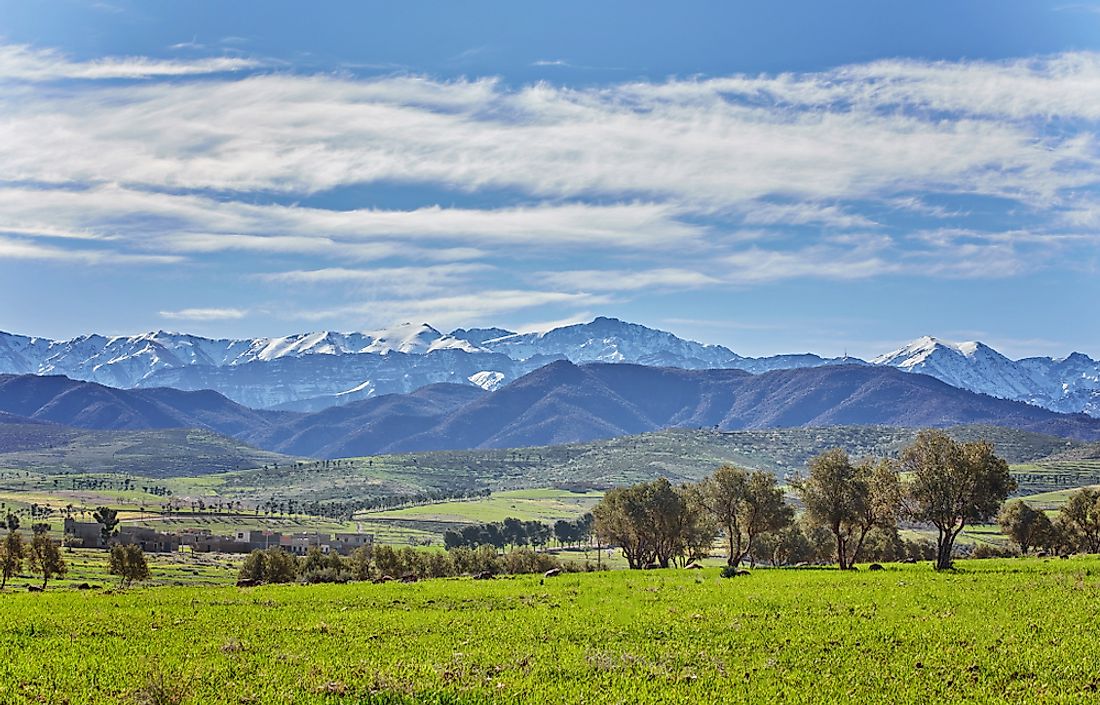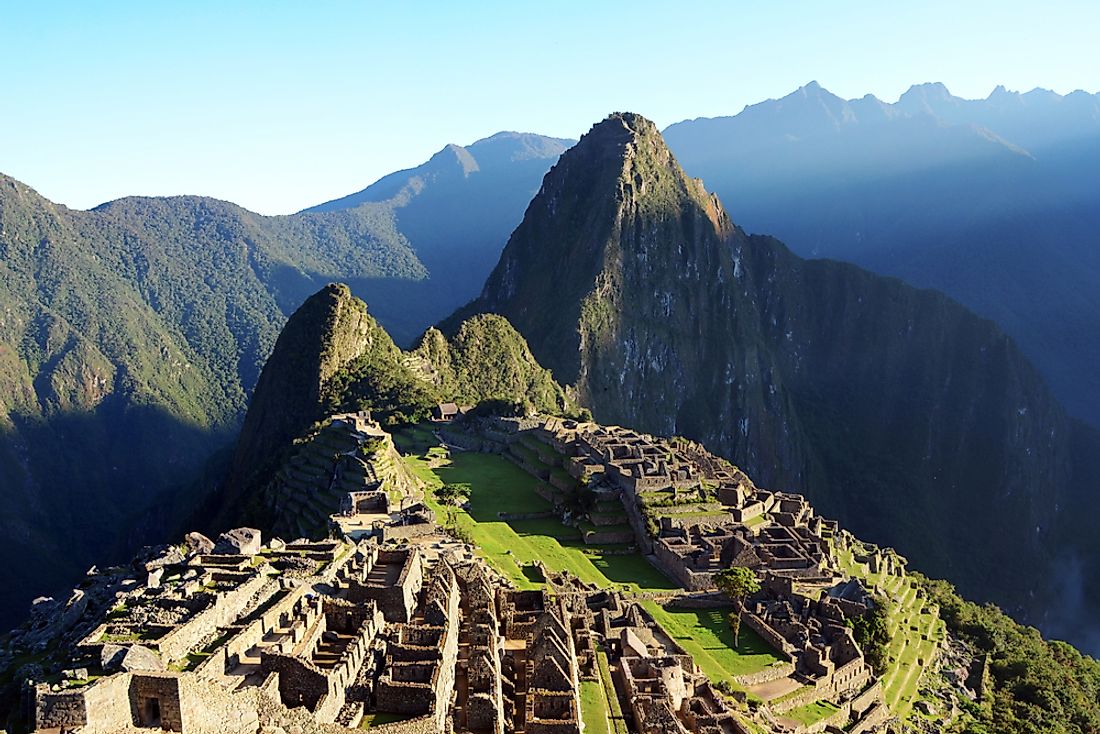What Kind of Plants Grow In Morocco?

Vegetation plays a vital role in the ecosystem of Morocco considering that a large part of the country is covered by the Sahara desert which is continuously expanding. Vegetation prevents the encroachment of the desert into agricultural land. The country’s climate is influenced by the environment around it; the northern part experiences the Mediterranean coastal climate because of the proximity of the Mediterranean sea, the west experiences the Atlantic climate, and the east and the south are dry and arid.
The Flora of Morocco
Morocco has a diverse and unique range of plants. The climate influences the type of vegetation that grows in the region. The Mediterranean coastal climate is suitable for the growth of the cork oak that can be found in large number in the northern part of the country. Coastal vegetation includes an exotic collection of Citrus, Acacia, Loquat, Eucalyptus, and Casuarina. Remnants of a vast cider forest occupy an impressive area of the Middle Atlas region. The mountainous regions are characterized by the jujube trees, poplars, willows, mastics, shrubs, and tamarisks. The artemisia and esparto plants are the dominant plant species found in the interior part of Morocco. The Alpine zone above 8,000 feet supports the Vicia canescens in large numbers. The Vicia canescens are not a preferred source of food to herbivores.
The Argan Forest
The argan forest is Morocco's first line of defense against the encroaching Sahara desert. The trees form the southern boundary between the vegetated and desert part of the country. The argan forest provides the raw materials used to produce medicine and cosmetics. The areas covered by the argan forests are gazetted as national parks to protect them from farming and fishing communities, and deforestation. Due to their tendency to resist drought, the government has resorted to planting more of the trees to contain the desert.
Desert Vegetation
The Sahara isn’t just a sandy desert, it contains a diverse number of shrubs and trees especially in regions with high moisture content. The northern end of the Sahara is dominated by shrubs of less than three feet tall. The vegetation is widely spaced and considerably short. Typical plants in the desert are Ziziphus spina-christi, Noaea mucronata, Pistacia atlantica, and Ephedra alata. Desert grasses dominate the steppe regions where the scrub vegetation is underdeveloped. The halophytes are dominant in the sandy areas while the Ephemerals are common in the northern regions. The vegetations in the sandy regions of the Sahara do not last long; as soon they grow, they are blown off by the wind or runoff water during the heavy rains.
Native plants of Morocco
White Goosefoot
The white goosefoot plant is also known as the pigweed or lamb's quarters. It grows in the high altitude regions of the country. The pigweed is a flowering plant that grows to about four feet. The leaves of the plant are boiled and consumed as vegetables while the seeds are dried and milled into flour used to make bread and hot cereal.
Egusi Melon
The egusi melon is a fruit plant that grows in the Mediterranean and Atlantic climatic zones of the country. The plant is a species of the Cucurbitaceae family which includes squashes, melons, and gourds. The fruits of the plant range from bitter to sweet depending on where it grows. The seeds of the fruits are roasted and consumed as snacks, ground it into powder, brewed as a drink, or pressed to produce oil.
Crambe
The crambe is an annual flowering plant that grows to about three feet in height. It is found in the Mediterranean and tropical climate of the country, and the middle east. Although it can be found growing in the wild, it can be planted and the seeds harvested for oil. The leaves of the plant are harvested and consumed as vegetables.
Esparto Grass
The esparto grass grows in the Mediterranean regions of the country. The plant produces fibers which are harvested and used in the manufacture of baskets, ropes, and paper. The esparto grass is among the most valued plants in the country because it symbolizes the art of weaving that is valued by Moroccans.
Bay Laurel
The bay laurel is a tree that produces the flavorful bay leaves that are used to manufacture culinary flavors. It is native to the Mediterranean zone of the country. The tree can grow to about forty feet in height. While the leaves are used for culinary purposes, the bark is used to produce insect repellent and soap.







